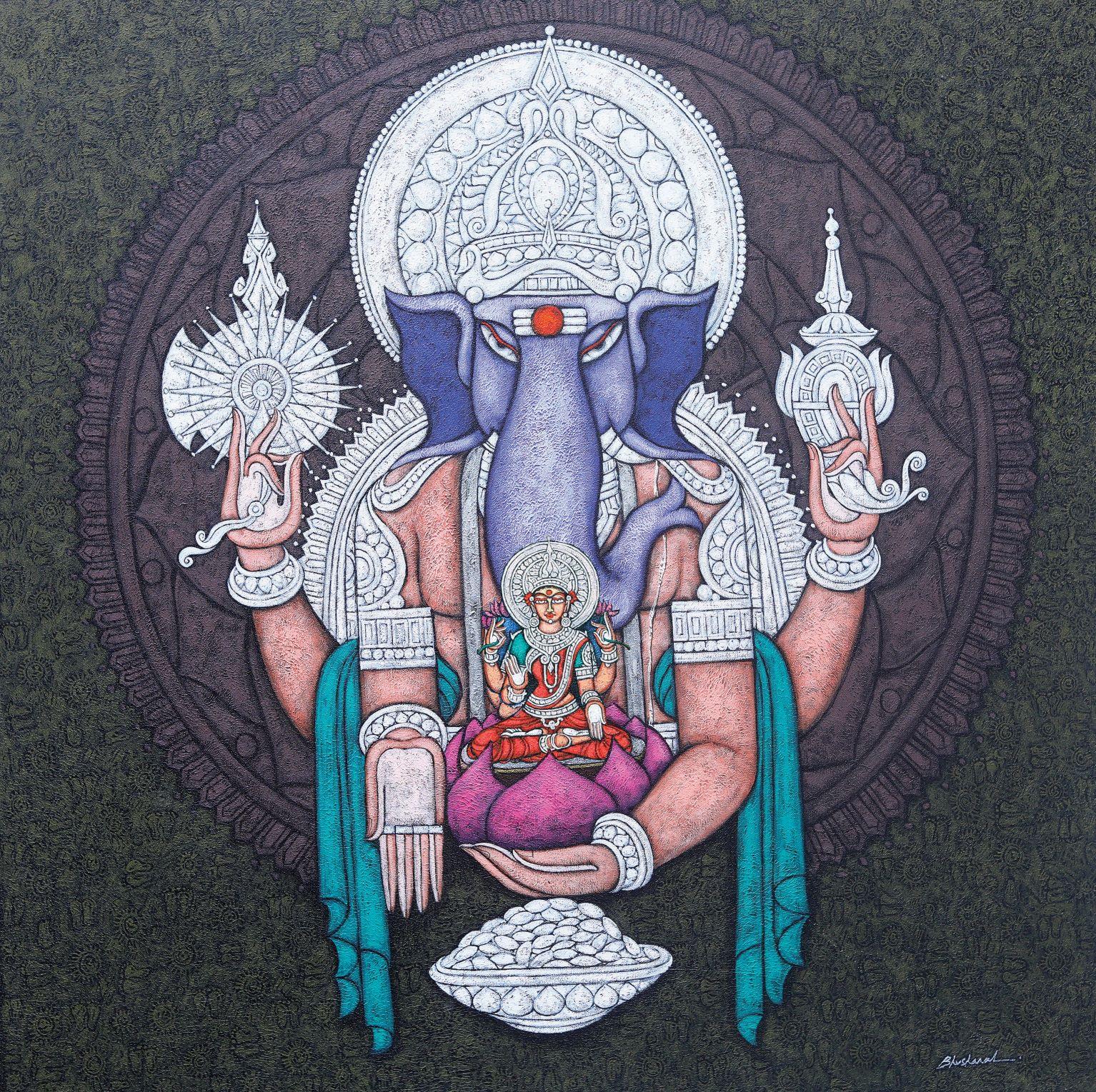From Tradition to Timelessness: The Legacy of Indian Oil Paintings

A Canvas That Bridges Eras
Art has always been the silent storyteller of civilizations, capturing not only beauty but also history, values, and philosophies. Among the diverse artistic traditions of India, oil painting stands out as a unique medium that beautifully marries traditional aesthetics with evolving contemporary sensibilities. Unlike fleeting trends, Indian oil paintings embody both heritage and innovation, positioning themselves as timeless expressions of cultural identity. To understand their true legacy, one must explore how they emerged, evolved, and continue to inspire art lovers and collectors worldwide.
The Origins of Oil Painting in India
Though oil painting was widely practiced in Europe from the 15th century onwards, it found its way into India during the colonial period. Initially introduced by European artists and traders, the medium was quickly embraced by Indian painters who adapted it to express indigenous traditions. What made oil painting particularly significant in India was its adaptability—artists could capture the fine details of traditional art forms while experimenting with scale, color, and texture.
Early Indian oil painters, such as Raja Ravi Varma, pioneered this fusion by blending European techniques with Indian mythological and cultural themes. His works depicting gods, goddesses, and epic narratives not only democratized Indian art but also paved the way for oil painting to become a medium of storytelling rooted in tradition.
Oil Painting as a Preserver of Tradition
The strength of Indian oil paintings lies in their ability to preserve the soul of traditional art while presenting it in new, enduring ways. Whether it is the intricate iconography of deities, the vibrancy of folk tales, or the grandeur of royal portraits, oil as a medium offers depth and permanence.
-
Religious Narratives: Oil paintings of Krishna, Shiva, Durga, and other deities remain central to households and temples, reflecting devotion while retaining artistic excellence.
-
Cultural Motifs: From rural village life to historic battles, oil paintings carry forward cultural stories that might otherwise fade with time.
-
Folk Traditions: Artists inspired by Madhubani, Pattachitra, and Warli styles often use oil paints to reinterpret these forms, ensuring continuity while appealing to global audiences.
In this way, Indian oil paintings are not mere decorative pieces—they are cultural archives, encapsulating centuries of belief, tradition, and lifestyle.
The Evolution Toward Contemporary Relevance
While tradition is a strong foundation, Indian oil paintings have not remained static. The 20th and 21st centuries witnessed a dramatic evolution, with artists pushing the boundaries of what oil on canvas could achieve.
-
Modernism and Abstraction: Artists like M.F. Husain redefined Indian art, blending symbolism with bold strokes, thus proving oil paintings could be both modern and deeply Indian.
-
Narratives of Identity: Contemporary painters use oils to comment on politics, environment, and social change, showing that the medium remains a powerful tool for dialogue.
-
Global Appeal: Indian oil paintings now find homes in international galleries and private collections, appreciated for their fusion of cultural richness with universal themes.
This balance between heritage and innovation is what makes Indian oil paintings timeless—they evolve without losing their roots.
Actionable Advice for Collectors and Enthusiasts
For collectors, art lovers, and even first-time buyers, engaging with Indian oil paintings is not merely about acquisition—it is about connecting with history and investing in a future legacy. Here are some key considerations:
-
Start with Themes You Resonate With
If you are drawn to tradition, explore mythological or folk-inspired oil paintings. If you prefer modernity, look for contemporary interpretations that still carry Indian motifs. -
Seek Authenticity
Ensure that the artwork comes with authenticity certificates, especially when purchasing from online platforms. Authentic Indian oil paintings not only hold artistic value but also appreciate as cultural assets. -
Balance Affordability and Value
Indian art offers a wide spectrum—from affordable works by emerging artists to high-value masterpieces. Define your budget but remember that investing in art is also investing in legacy. -
Support Living Artists
While masters like Raja Ravi Varma will always inspire, supporting contemporary artists sustains the living tradition of oil painting. Many emerging talents reinterpret Indian traditional art in oil, making their work both innovative and collectible. -
Curate with Purpose
Whether for personal spaces, galleries, or offices, let your collection tell a story. Oil paintings are conversation starters; choose pieces that reflect your values and vision.
Forward-Thinking Perspectives: The Future of Indian Oil Paintings
The future of Indian oil paintings lies in their ability to adapt to new mediums and audiences without losing authenticity. With the rise of digital art platforms and online galleries, accessibility to traditional oil paintings has widened. Collectors from across the globe can now engage with Indian heritage in ways that were once limited to physical galleries.
Furthermore, sustainability is becoming a defining concern. Artists are experimenting with eco-friendly materials, natural pigments, and recycled canvases, ensuring that traditional oil painting adapts to contemporary environmental needs.
Another forward-thinking perspective lies in cross-cultural collaborations. Indian artists are increasingly collaborating with global creators, blending diverse artistic languages while retaining the essence of Indian tradition. This not only elevates oil paintings to global prominence but also reinforces their timeless relevance.
Why Indian Oil Paintings Matter Today
In an era dominated by fast-paced digital consumption, the patience and permanence of oil painting stand as a counter-narrative. They invite viewers to pause, reflect, and immerse themselves in layers of meaning. The richness of Indian oil paintings lies not just in their visual appeal but in their ability to:
-
Connect modern audiences with ancient traditions.
-
Provide cultural continuity across generations.
-
Elevate personal and collective spaces with meaning and beauty.
This is why Indian oil paintings remain as vital today as they were a century ago.
Conclusion: Carrying Tradition Forward
The story of Indian oil paintings is not one of mere preservation—it is one of resilience, reinvention, and timeless relevance. From the mythological depictions of Ravi Varma to the bold abstractions of modern masters, and from folk reinterpretations to global collaborations, these works represent the living heartbeat of Indian tradition.
For collectors, enthusiasts, and admirers, engaging with Indian oil paintings is more than acquiring a canvas—it is about becoming part of a legacy that bridges the past, enriches the present, and inspires the future.
As you reflect on your next artistic pursuit, ask yourself: What stories will you carry forward through the art you choose to embrace?
- Art
- Causes
- Crafts
- Dance
- Drinks
- Film
- Fitness
- Food
- Games
- Gardening
- Health
- Home
- Literature
- Music
- Networking
- Other
- Party
- Religion
- Shopping
- Sports
- Theater
- Wellness


